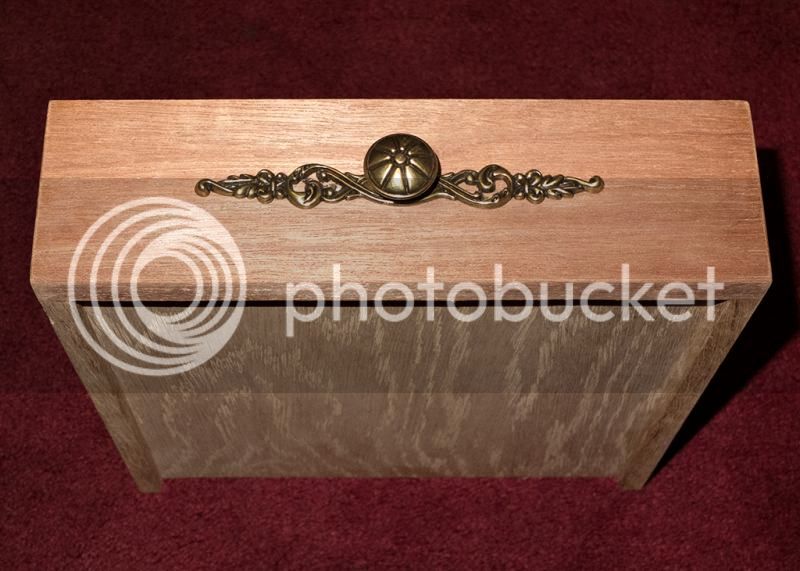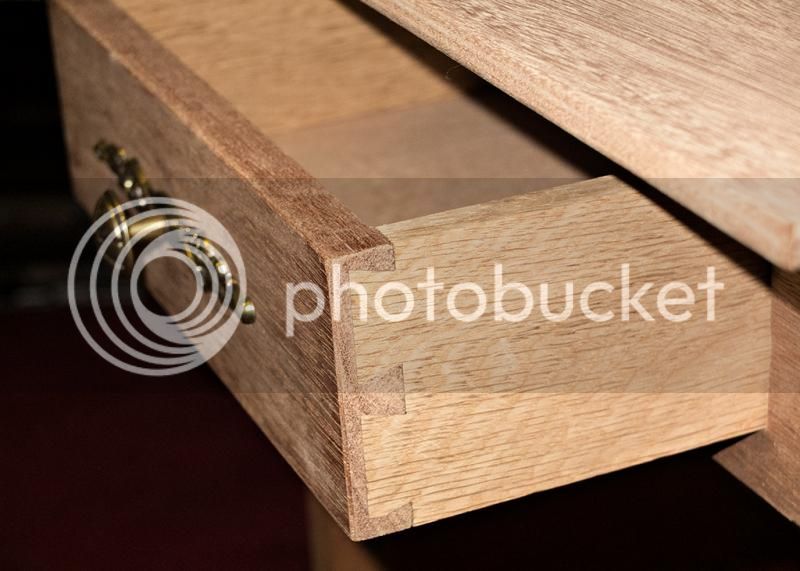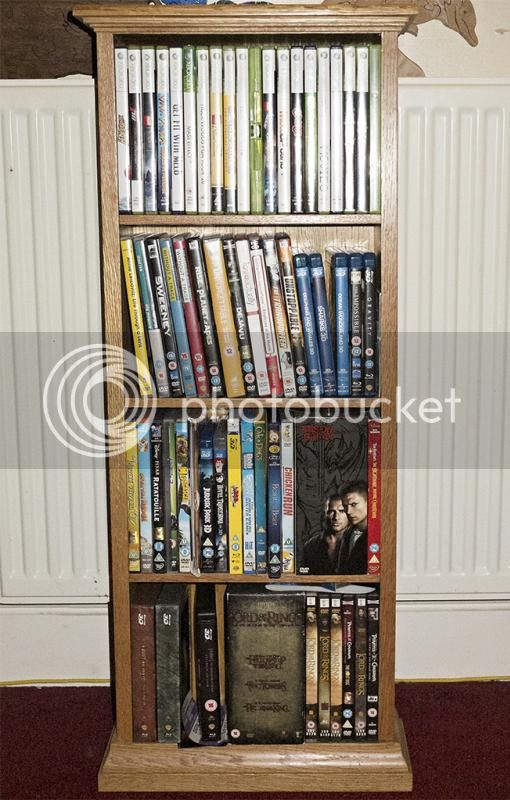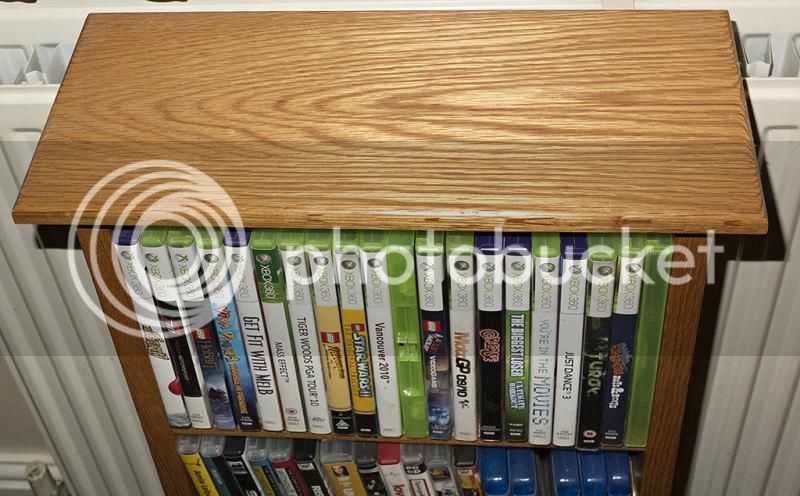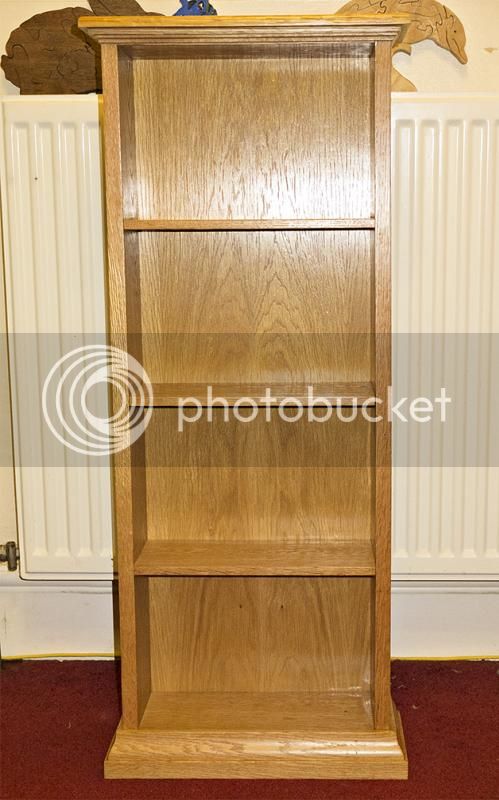Ed Bray
Established Member
I have mentioned before how I became the owner of a number of Iroko planks these were originally 12ft Long by 9" wide by 1½" thick, these I had to cut in half to get them into my trailer to enable me to get them home. The were originally used as baffles in a Water Treatment Tank and had been under water for over 20 years. When they were cut it could be seen that as the wood was so dense the boards had only absorbed the water about 2mm on every face.
Over the last 5 years I have been using them on various projects (door frames, a door, jigsaws etc).
This is what the boards look like after 20+ years in a flocculation tank and 5 years in my garden:
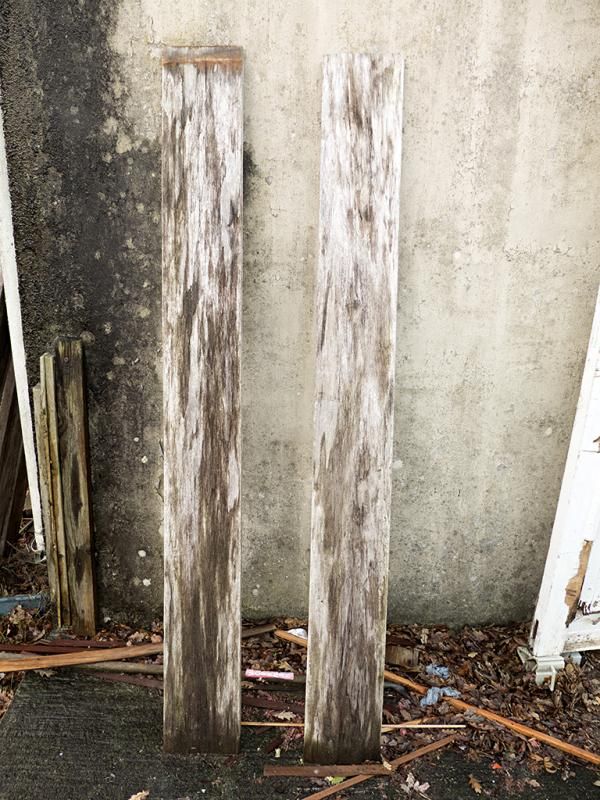
And this is what they can look like after a bit of hand and mechanical machining:
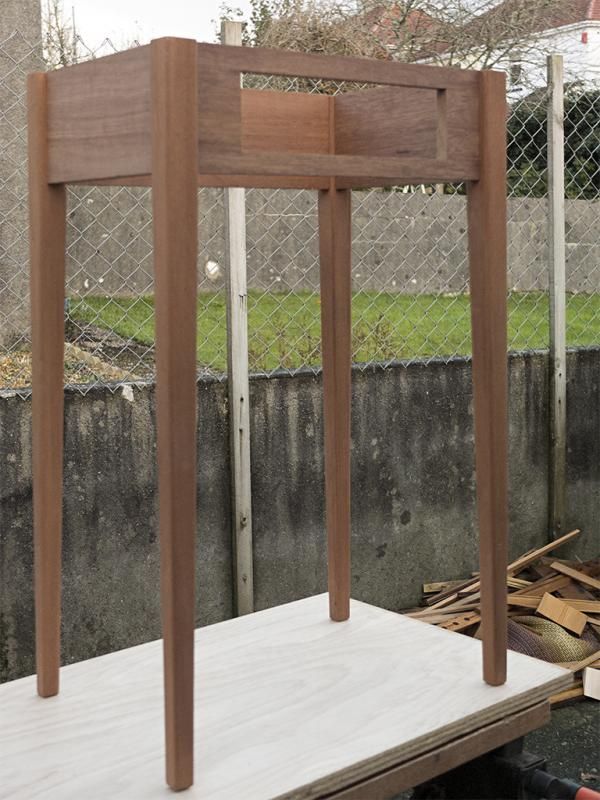
Over the last 5 years I have been using them on various projects (door frames, a door, jigsaws etc).
This is what the boards look like after 20+ years in a flocculation tank and 5 years in my garden:

And this is what they can look like after a bit of hand and mechanical machining:



































